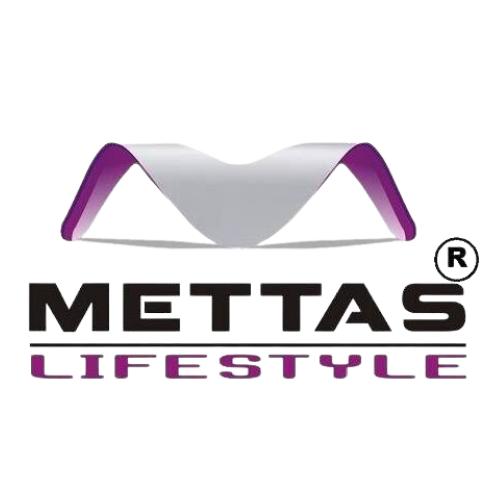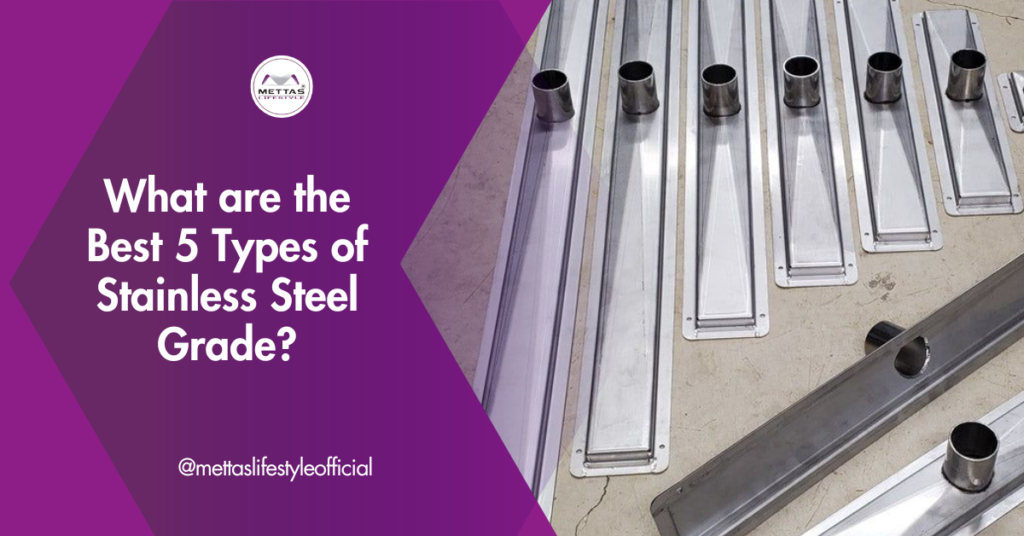

Table of Contents
ToggleIntroduction: Best 5 Types of Stainless Steel Grade
Stainless steel is a versatile and durable material used in various industries due to its resistance to corrosion, heat, and chemical damage. However, not all stainless steel is created equal. Here, we explore the five best types of stainless steel grades, detailing their properties, benefits, and common applications.
1. Grade 304 Stainless Steel
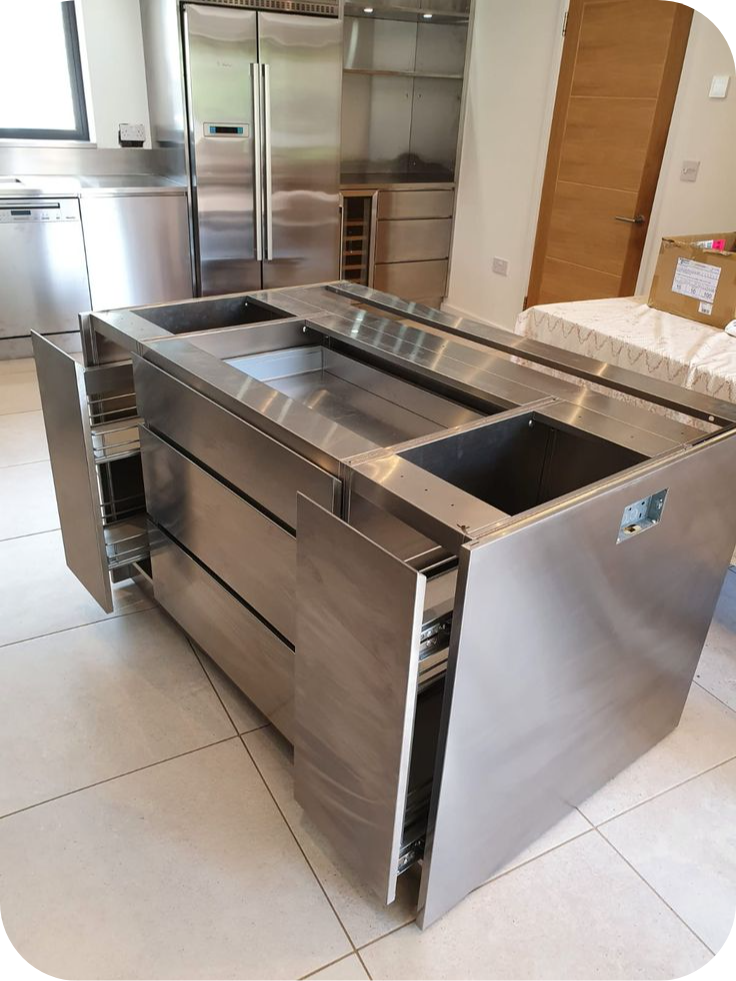
Grade 304 is the most commonly used stainless steel due to its excellent corrosion resistance and versatility.
- Corrosion Resistance: With high chromium content, it resists rust and oxidation.
- Applications: Commonly used in kitchen equipment, appliances, and piping.
- Weldability: Easily weldable, making it ideal for complex structures.
- Formability: Can be easily shaped and formed into various products.
- Cost-Effective: Offers a balance between cost and performance.
2. Grade 316 Stainless Steel
Grade 316 stainless steel is known for its enhanced corrosion resistance, especially in marine environments.
- Molybdenum Content: Contains molybdenum, which increases resistance to chlorides and other chemicals.
- Applications: Ideal for marine equipment, chemical processing, and medical devices.
- Heat Resistance: Can withstand higher temperatures without losing strength.
- Long-Lasting: Provides longevity in harsh environments.
- Ease of Cleaning: Highly suitable for hygienic applications like food processing.
3. Grade 430 Stainless Steel

Grade 430 is a ferritic stainless steel known for its magnetic properties and cost-effectiveness.
- Magnetic Properties: Attracts magnets, making it useful in automotive parts and appliances.
- Corrosion Resistance: Offers moderate resistance to corrosion and oxidation.
- Formability: Can be easily formed into various shapes.
- Applications: Common in automotive trim, kitchen utensils, and home appliances.
- Cost-Effective: More affordable than austenitic stainless steels like grades 304 and 316.
4. Grade 201 Stainless Steel
Grade 201 is a lower-cost alternative to grade 304, offering good corrosion resistance and mechanical properties.
- Cost-Effective: A more economical option due to lower nickel content.
- Applications: Used in restaurant equipment, sinks, and automotive trim.
- Durability: Offers good toughness at low temperatures.
- Formability: Easily formed into different shapes and products.
- Corrosion Resistance: Suitable for mild environments with limited exposure to harsh conditions.
5. Grade 2205 Duplex Stainless Steel
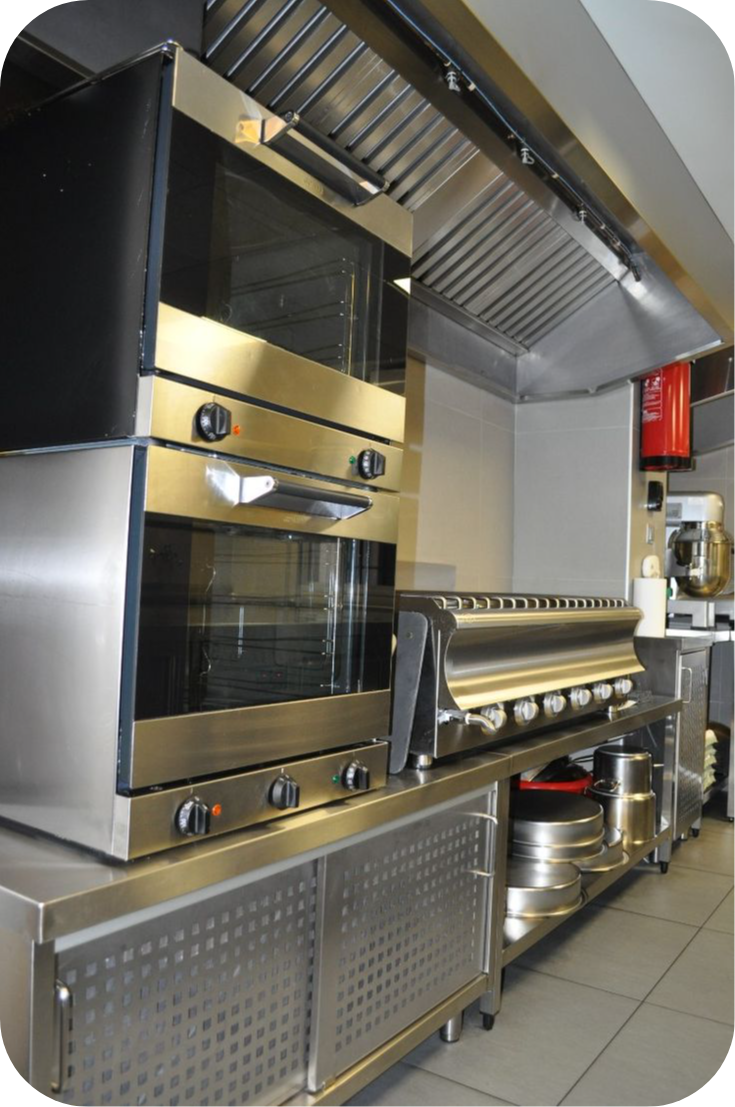
Grade 2205 is a duplex stainless steel with a mix of austenitic and ferritic properties, providing excellent strength and corrosion resistance.
- High Strength: Offers nearly twice the strength of regular austenitic stainless steels.
- Corrosion Resistance: Exceptional resistance to stress corrosion cracking, pitting, and crevice corrosion.
- Applications: Commonly used in oil and gas, petrochemical, and chemical processing industries.
- Cost-Effective: Offers a cost-saving due to the reduced need for additional alloys.
- Versatility: Ideal for demanding environments that require both strength and corrosion resistance.
6. Grade 410 Stainless Steel
Grade 410 is a martensitic stainless steel known for its high strength and moderate corrosion resistance.
- Heat Treatable: Can be hardened through heat treatment for increased strength.
- Applications: Commonly used in cutlery, valves, and surgical instruments.
- Magnetic Properties: Retains magnetic properties, making it useful in specific applications.
- Corrosion Resistance: Offers moderate resistance to corrosion in mild environments.
- Durability: Provides a good balance between toughness and strength.
7. Grade 310 Stainless Steel
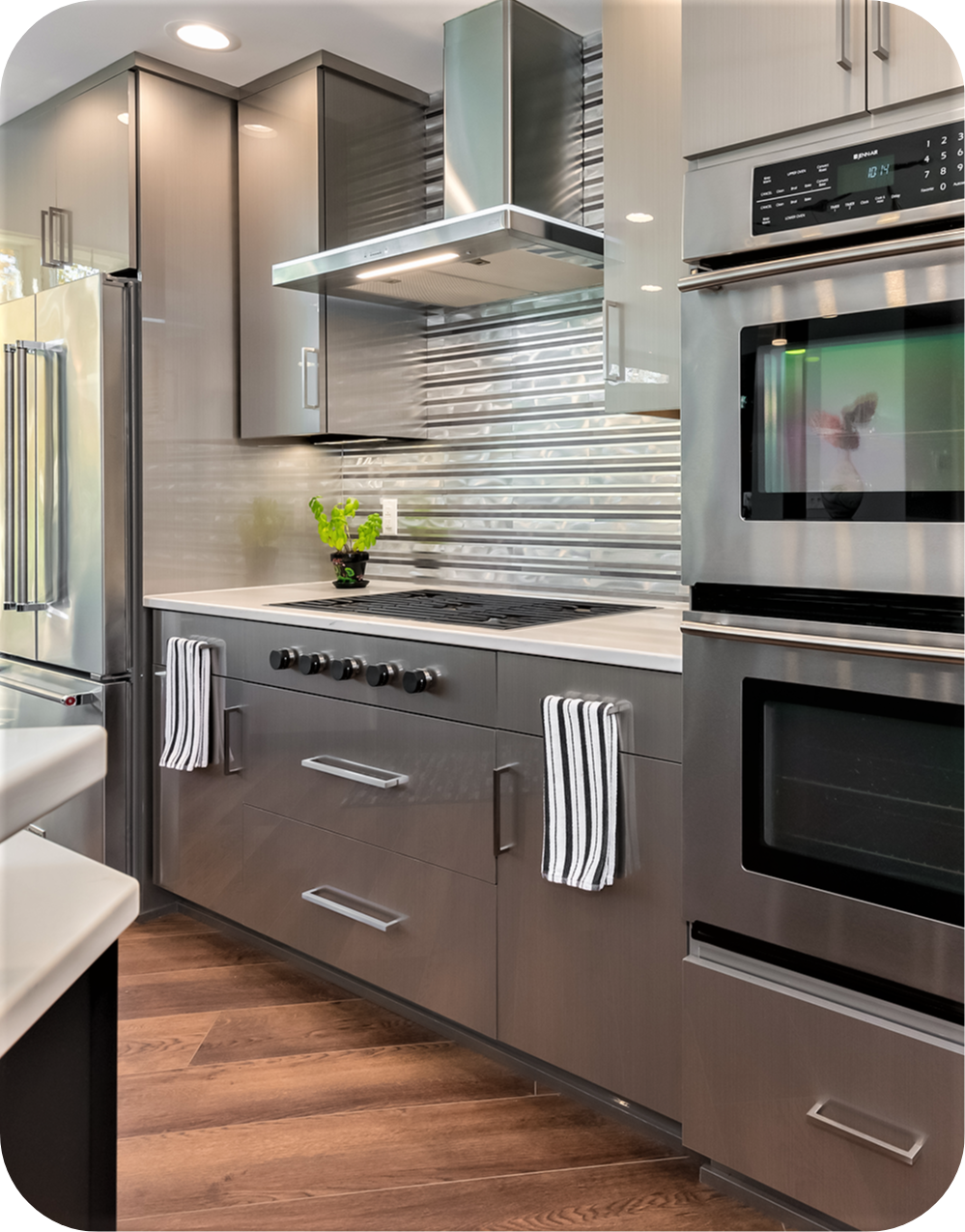
Grade 310 is an austenitic stainless steel known for its high-temperature resistance.
- Heat Resistance: Can withstand temperatures up to 1150°C (2100°F) without compromising strength.
- Corrosion Resistance: Excellent resistance to oxidation in both intermittent and continuous service.
- Applications: Used in furnaces, heat exchangers, and kilns.
- Formability: Can be easily fabricated and formed into complex shapes.
- Weldability: Maintains good weldability, even at high temperatures.
8. Grade 321 Stainless Steel
Grade 321 is stabilized stainless steel with added titanium to prevent carbide precipitation.
- High-Temperature Stability: Offers excellent resistance to intergranular corrosion after exposure to high temperatures.
- Applications: Used in exhaust systems, heat exchangers, and aircraft engines.
- Weldability: Easily weldable without the risk of carbide precipitation.
- Corrosion Resistance: Provides enhanced resistance to corrosion in aggressive environments.
- Durability: Suitable for prolonged use in high-temperature environments.
9. Grade 430F Stainless Steel
Grade 430F is a free-machining variant of grade 430, designed for enhanced machinability.
- Machinability: Ideal for high-speed machining processes due to its improved machinability.
- Applications: Commonly used in screws, bolts, and fasteners.
- Corrosion Resistance: Offers moderate corrosion resistance in mild environments.
- Magnetic Properties: Retains magnetic properties, making it suitable for certain applications.
- Cost-Effective: A more affordable option for machining operations.
10. Grade 904L Stainless Steel

Grade 904L is a high-alloy austenitic stainless steel known for its exceptional resistance to corrosion.
- Corrosion Resistance: Offers excellent resistance to acids, including sulfuric, phosphoric, and acetic acid.
- Applications: Commonly used in chemical processing, oil and gas, and seawater handling equipment.
- Weldability: Maintains good weldability with minimal risk of intergranular corrosion.
- Durability: Provides long-lasting performance in harsh environments.
- Cost: Higher cost due to the presence of nickel and molybdenum but justified by its superior performance.
Conclusion
Choosing the right stainless steel grade is crucial for ensuring long-lasting performance in various applications. Whether you need the cost-effective versatility of grade 304, the high corrosion resistance of grade 316, or the superior strength of grade 2205, understanding the properties of each grade will help you make the best decision for your needs. Always consider the specific environment and application to select the most suitable stainless steel grade.
Have questions about your next renovation project? We’ve got answers. Let’s do this together.
Follow House Beautiful on Instagram.
FAQs
The most common type of stainless steel for kitchen use is Grade 304, known for its excellent corrosion resistance and durability.
Grade 316 contains molybdenum, making it more resistant to corrosion, especially in environments with saltwater or harsh chemicals, while Grade 304 is more commonly used and more affordable.
Grade 430 is often used in high-heat environments due to its ability to withstand high temperatures without compromising structural integrity.
Grade 410 is magnetic and has high strength, making it ideal for applications where both strength and magnetism are important.
Grade 201 is less expensive but less corrosion-resistant than Grades 304 and 316. It’s typically used in lower-cost applications that don’t involve harsh environments.

